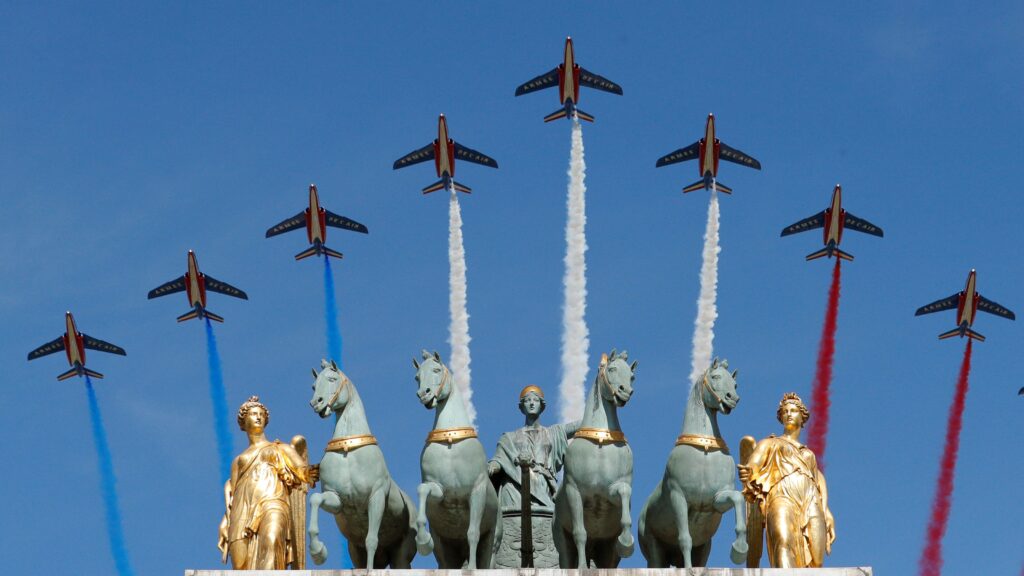President Trump has planned a military parade on June 14th to commemorate the U.S. Army’s 250th anniversary, coinciding with his 79th birthday. The parade down Constitution Avenue in Washington, D.C., featuring army tanks, artillery, and soldiers, is intended to celebrate the country’s military strength. However, some Democrats have criticized the event as a “dictator-style” display, drawing parallels to leaders like Putin and Kim Jong Un.
Trump’s inspiration for the parade came from attending France’s Bastille Day celebrations in 2017, where he expressed admiration for the military might displayed. Despite concerns raised by critics about the politicization of the military, the Trump administration maintains that the parade is a fitting tribute to the U.S. Army’s long history.
Military parades have been a traditional way of marking significant events in the past, with the last U.S. parade held in 1991 to commemorate the end of the Gulf War under President George H.W. Bush. The article also highlights how countries like Russia, China, Iran, and North Korea use military parades to convey political messages, with some being classified as dictatorships by the CIA.
The article provides insight into the historical context of military parades, the controversy surrounding Trump’s parade plans, and the varying approaches of different countries in utilizing such displays. It underscores the complex intersection of politics, military symbolism, and public perception associated with grand military spectacles.

